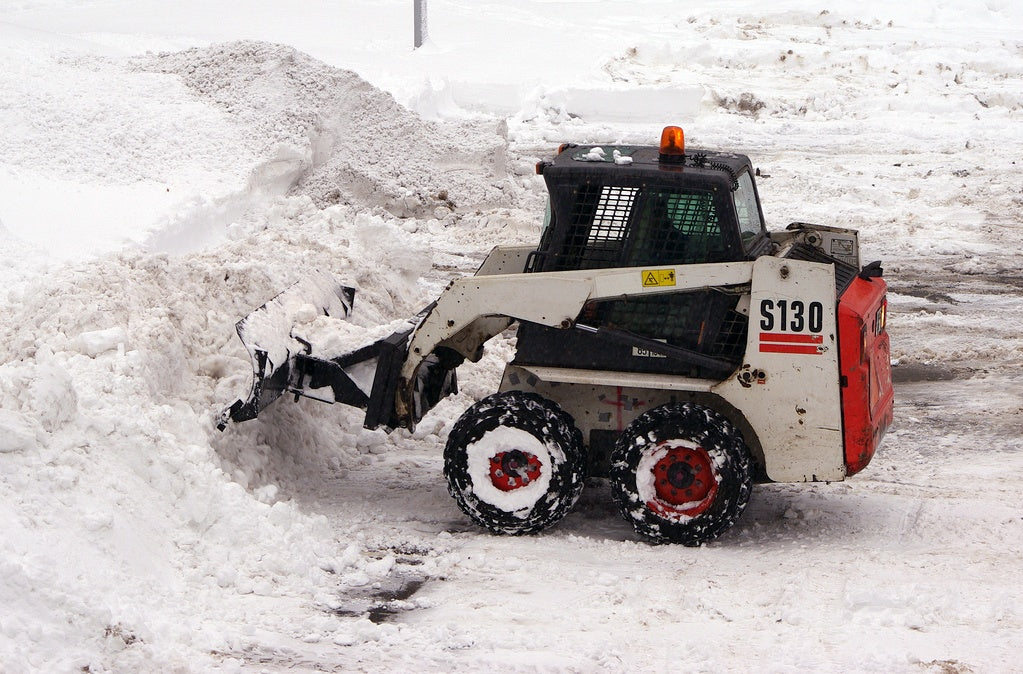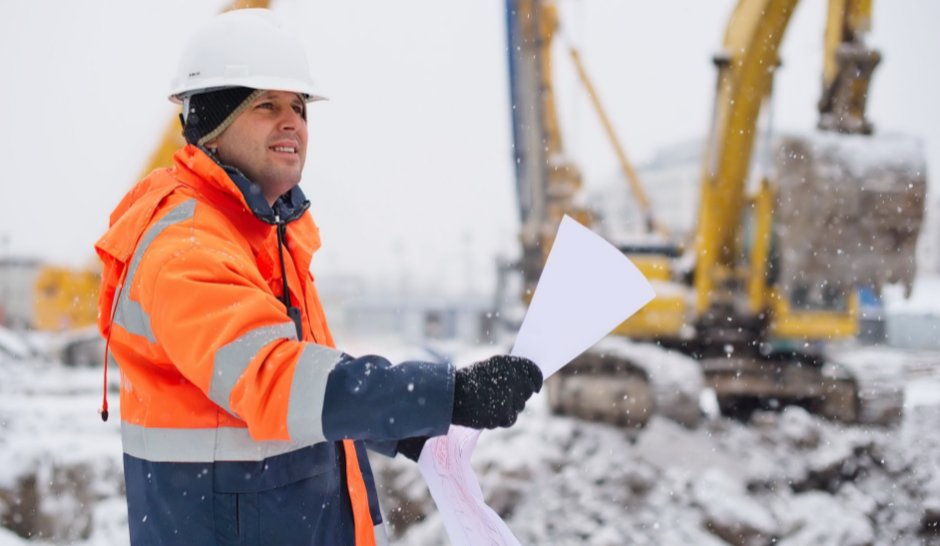
As a facility manager, you understand that winter weather can hit without warning, and that even when the forecasts are accurate, your operations can be halted in the aftermath of a major storm. Even more routine winter precipitation events, be it snow, hail, or freezing drizzle, require a high degree of organization, intense labor, and fully functional equipment to deal with the weather efficiently.
To ensure your facility will be returned to "normal" as soon as possible following a storm, a pre-winter equipment drill and staff training day is essential. Some elements that should form a part of this "winter preparation session" include the following:
-
All personnel will review safety protocols and take part in a snow and ice removal refresher course. After months away from the routine, even the most experienced workers can use a reminder, so make attendance mandatory for all relevant staff. Workers should practice moving equipment in reverse, provide circle checks on all equipment, and be educated on health risks to look out for, such as signs of sleep deprivation and proper shoveling techniques to decrease damage to their back and heart.
-
Take operators to the equipment they will be using and, after it has been inspected and readied for use, give them a chance to familiarize (or re-familiarize) themselves with it. They should not have to waste time figuring out how to operate, maneuver, and care for it when the snow arrives- they should already know. For example, have them practice attaching plows and spreaders, and make sure they know where snow shovels and bags of salt live in the warehouse.
-
Have snow removal crew walk or drive through the areas they will be assigned to during winter. Explain what’s considered a high-priority vs. low-priority area, what needs to be done in each scenario in terms of machinery utilized, type and quantity of chemical applicants, and order of snow removal tasks. Also address how to minimize risks in varying weather conditions and how to respond to an injury or other emergency.
-
Establish a communications systems, ensuring all crew members are contactable and able to appear for emergency snow removal within a specific time frame. Make sure everyone is connected to the same weather forecasting station and knows your "default plan" for the weather events predicted. Also be sure all crew know which manager to contact during snow removal if they encounter a problem or have an urgent question.
Snow removal and ice control are far from easy tasks on large facility grounds, and yet, appropriate and timely response to winter weather is crucial to both keeping your facility up and running and keeping everyone who steps foot on your grounds as safe as possible.
A pre-winter equipment drill and training session will ensure your machinery is in good working condition and that your operators are ready to use it effectively. It will also prepare your staff to respond to all likely scenarios in a safe, effective manner, while keeping in constant communication with management.


